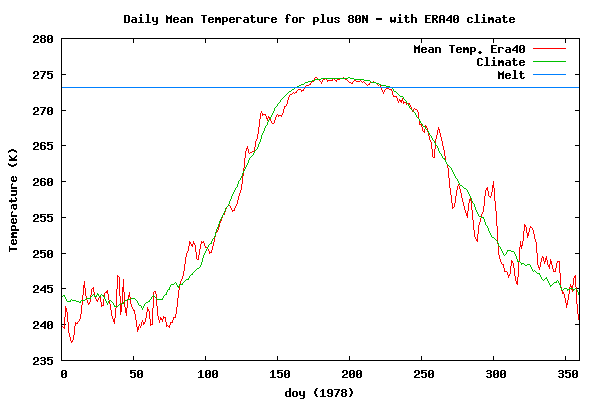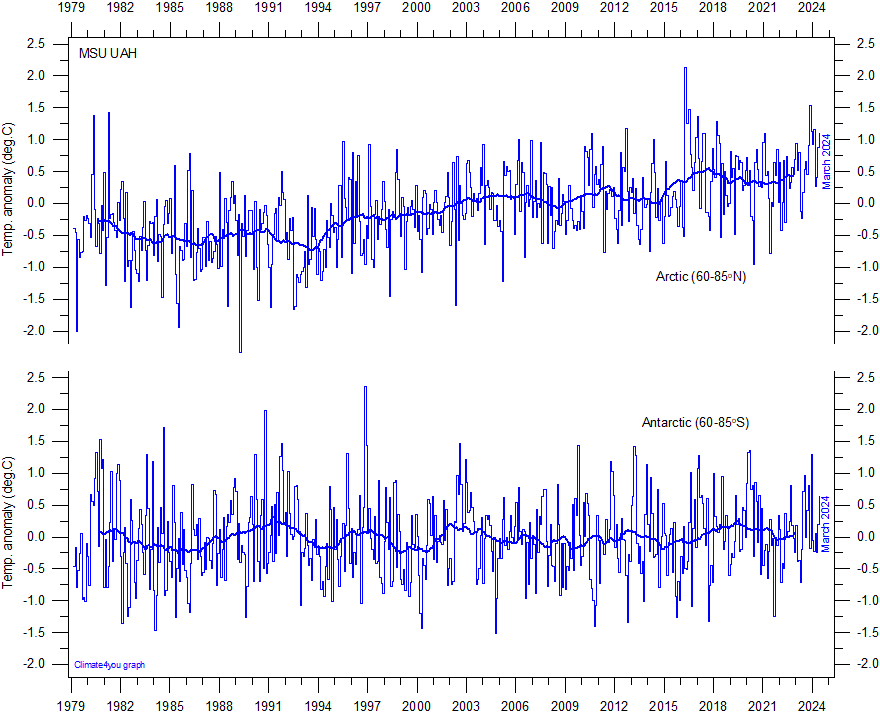NASA and Google announce an update to Mars in Google Earth, a 3D mapping tool for the Red Planet.
Originally released with Google Earth 5.0, Mars in Google Earth now contains even more features that give users a sense of how our knowledge of Mars, and our study of astronomy, has evolved over time. After selecting 'Mars' from the toolbar in Google Earth, users “fly” to a 3D view of the Red Planet, complete with informational layers, imagery, and terrain. The tools for navigation and exploration on Mars are identical to those on Earth - zoom in and out, change the camera view, or spin the entire planet with a click of the mouse.
There are several new features in this updated version of Mars in Google Earth:
First, users can “travel back in time” to see the Red Planet through the eyes of the pioneers of Mars science in the Historical Maps layer by exploring antique maps by astronomers Giovanni Schiaparelli, Percival Lowell, and others .
Then, they can fast-forward to the present day with the new Live from Mars layer, featuring a continuous stream of the latest imagery from today's Mars spacecraft. Live from Mars includes imagery from NASA's THEMIS camera on board the Mars Odyssey spacecraft, and lets users fly along with Odyssey as well as the Mars Reconnaissance Orbiter to see what they have been observing lately and where they are headed next.
Users can discover these, and other exciting features—and learn all about the history of Mars science and exploration—with two new guided tours of Mars narrated by Ira Flatow of Public Radio's Science Friday and Bill Nye the Science Guy.
You may wish to view the narrated tutorial here or here.
Mars in Google Earth also contains several updated elements, in addition to the many popular features that were available at the original launch:
Updated imagery from NASA and ESA, and improved the search function to make it easier to explore well-known sites on Mars. Just as they could in the original version of Mars in Google Earth, users can read geo-located articles from William K. Hartmann’s A Traveler's Guide to Mars about the solar system's largest canyon, Valles Marineris, its tallest volcano, Olympus Mons, the infamous “Face on Mars”, and many other famous Martian locations. They can also follow the paths of Mars rovers and view hi-resolution panoramic photos of the Mars surface.










No comments:
Post a Comment